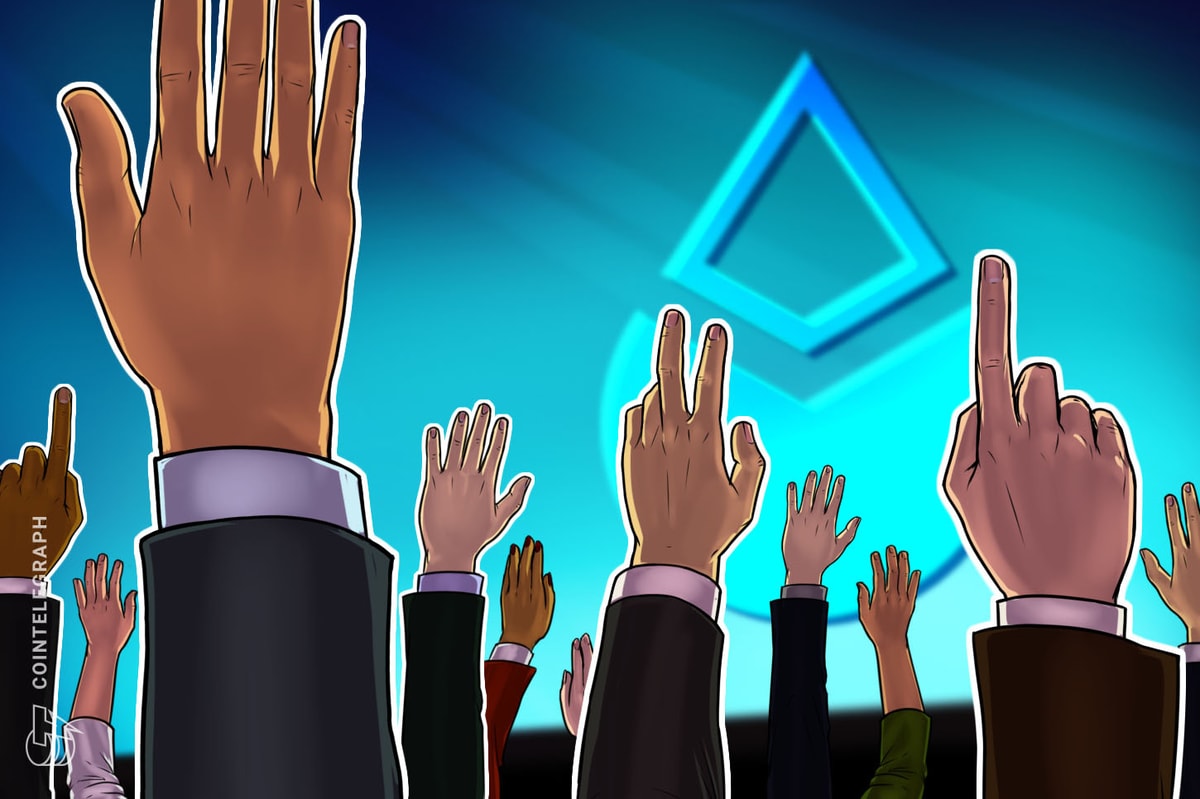Web3 username protocol Unstoppable Domains (UD) launched a new group chat feature, according to a Jan. 17 announcement.
The feature allows username owners to form group chats that are badge-gated, meaning that only wallet accounts with particular characteristics are allowed to participate in the chat. The feature was created using Web3 communication system Push Protocol.
Big News!
— Push Protocol | Push V2 is LIVE (@pushprotocol) January 17, 2024
We're thrilled to announce “Group Chat” for the 3.8M+ users of the @unstoppableweb Unstoppable Messaging platform!
A game changer for community-based messaging. Let’s dive in
UD is a Web3 username protocol. It allows wallet holders to register human-readable names that can stand for a particular wallet account. The team claims this can potentially help to prevent other users from needing to cut and paste long strings of characters when interacting with an account. Web3 usernames are also sometimes called “Web3 domain names.”
In August, UD launched a chat app that uses Web3 usernames as chat handles. However, at the time of its launch, the app only allowed communication between individuals. Group messages like those often used in Discord and Telegram were not available.
According to the announcement on Jan. 17, group chats are now available on the Unstoppable Domains mobile and web apps. In addition, group admins can restrict membership to only members who hold certain “badges,” which are awarded based on verifiable on-chain characteristics.
The badge-gating feature is intended to help cut down on misinformation being spread in crypto groups “by enabling a private and decentralized means of communication between verified community members and project teams,” the announcement stated.
Related: WalletConnect launches ‘Web3Inbox’ notification app for Web3 users
In a conversation with Cointelegraph, Unstoppable Domains chief operating officer Sandy Carter went into further detail about how the feature works. According to Carter, group moderators can use a variety of blockchain criteria to determine who automatically becomes a member of the group.
For example, a person may gain entrance to the group by owning five nonfungible tokens or by taking a class. This system allows the moderator to “automate” membership. On the other hand, a person who violates specific rules can also be removed manually, so moderators still have complete control over who can message in the group even though the membership is semi-automated.
According to a Jan. 17 blog post from Push Protocol, over 400 groups have been automatically created at launch, based on the UD badges that existed prior to the launch. Some examples shown on the app’s interface include Whales (users that have collected over 500 domains), Cryptokitties holders, Yat holders, and many others.

The interface also reveals that even if a user holds a particular badge, they do not automatically receive messages from that badge’s group, as they need to opt in via a button in the app before they will start receiving messages.










